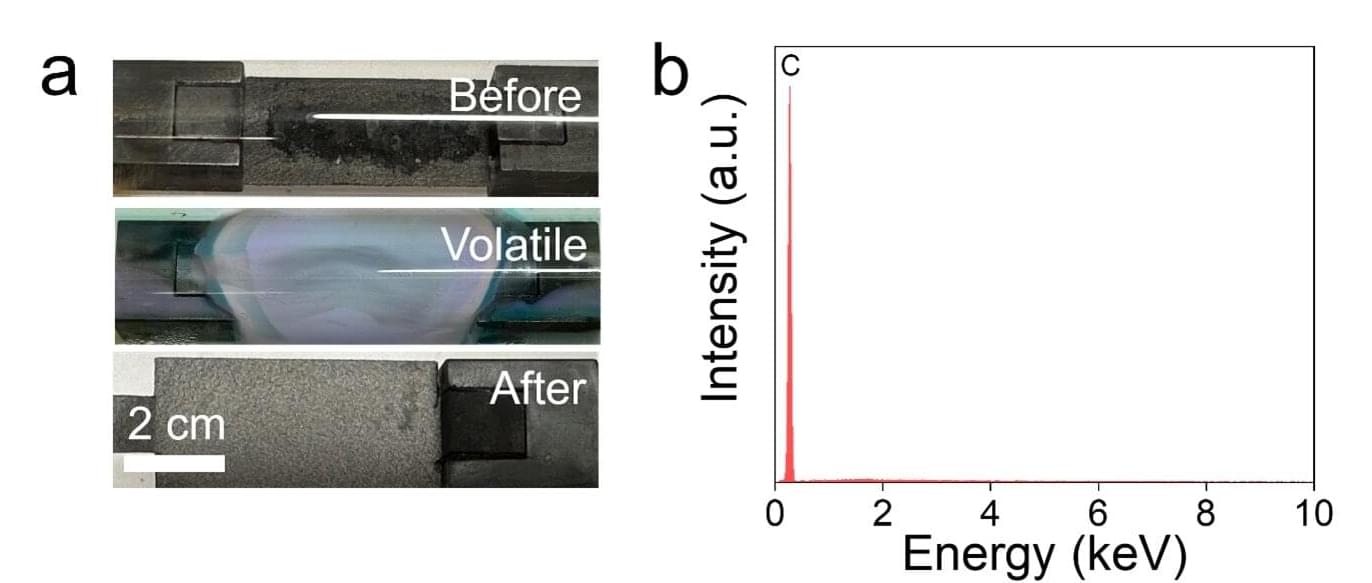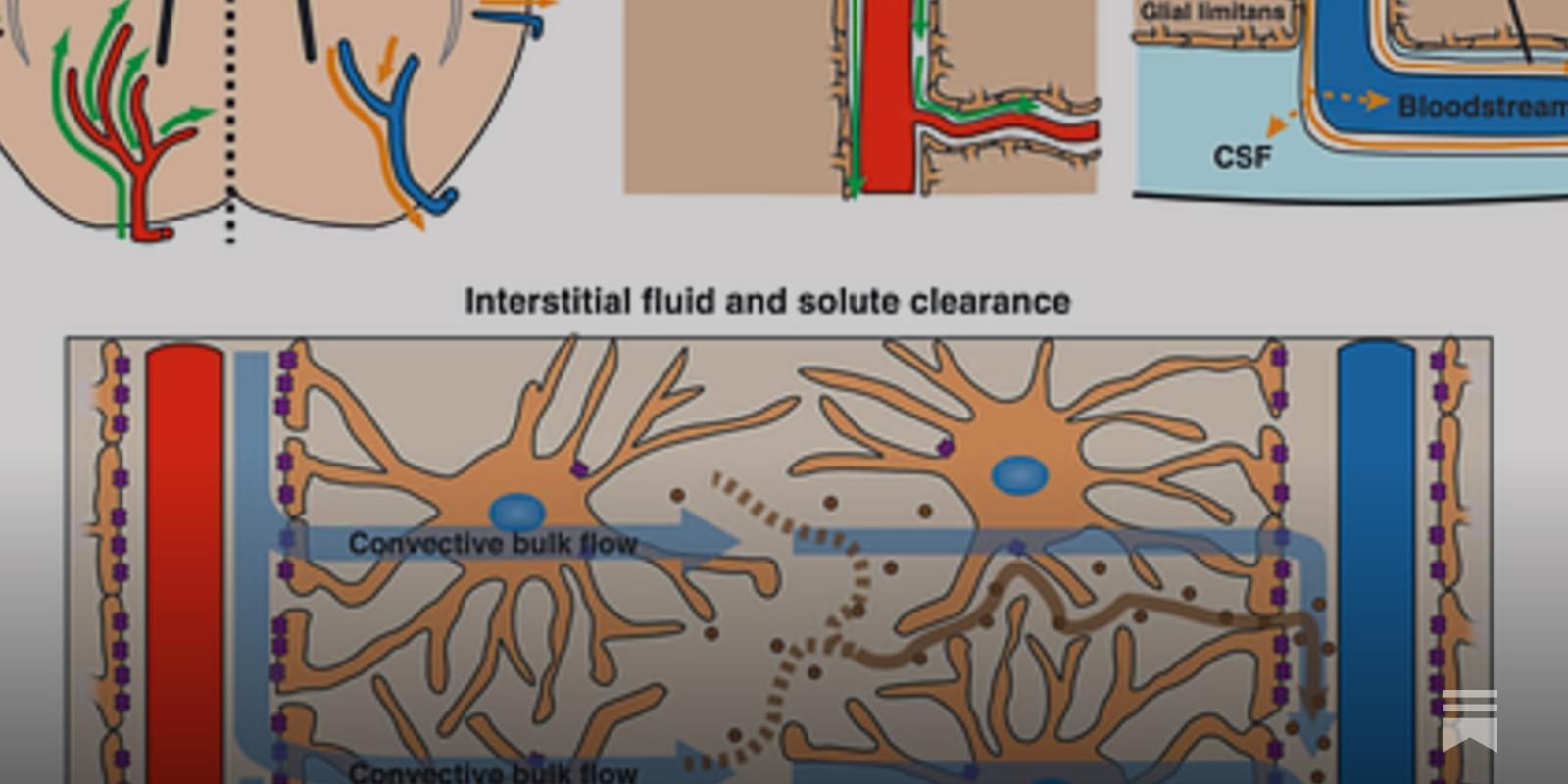Are we building AI that enhances humanity or a master race of beautifully optimized psychopaths?
My latest Singularity. FM conversation with Dr. Eve Poole goes straight to the nerve:
What makes us human, and what happens when we leave that out of our machines?
Eve argues that the very things Silicon Valley dismisses as “junk code”—our emotions, intuition, uncertainty, meaning-making, story, conscience, even our mistakes—aren’t flaws in our design. They’re the *reason* our species survived. And we’re coding almost none of it into AI.
The result? Systems with immense intelligence but no soul, no context, no humanity—and therefore, no reason to value us.
In this wide-ranging conversation, we dig into:
🔹 Why the real hallmarks of humanity aren’t IQ but junk code 🔹 Consciousness, soul, and the limits of rationalist AI thinking 🔹 Theology, capitalism & tech: how we ended up copying the wrong parts of ourselves 🔹 Why “alignment” is really a parenting challenge, not a control problem 🔹 What Tolkien, u-catastrophe, and ancient stories can teach us about surviving the future 🔹 Why programming in humanity isn’t for AI’s sake—it’s for ours.







